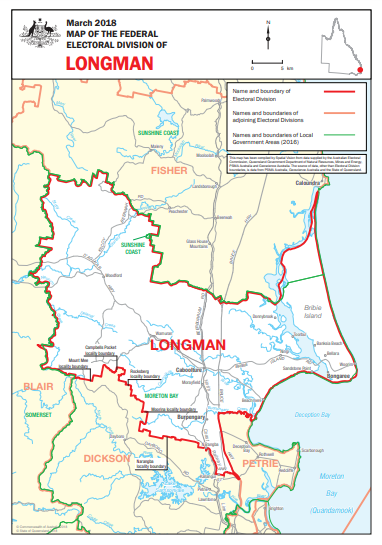|
|
|
|
| Adam Carr's Election Archive
|
Australian federal election, 2022
Division of Longman, Queensland
Named for: Irene Longman (1877-1964), Qld MP 1929-32 (first Qld woman MP)
North of Brisbane: Banksia Beach, Burpengary, Caboolture, Morayfield, Narangba
State seats: All of
Morayfield and
Pumicestone, parts of
Bancroft,
Glass House and
Kurwongbah
Local government areas: Parts of
Moreton Bay and
Sunshine Coast
Borders with:
Blair,
Dickson,
Fisher and
Petrie
Enrolment at 2019 election: 114,702
Enrolment at 2022 election: 129,110 (+12.6)
1999 republic referendum: No 66.5
2018 same-sex marriage survey: Yes 60.4
Sitting member: Terry Young (Liberal):
Elected 2019
2007 Labor majority over Liberal: 3.6%
2010 Liberal majority over Labor: 1.9%
2013 Liberal majority over Labor: 6.9%
2016 Labor majority over Liberal: 0.8%
2018 by-election Labor majority over Liberal: 4.4%
2019 Liberal majority over Labor: 3.3%
Liberal two-party vote 1983-2019
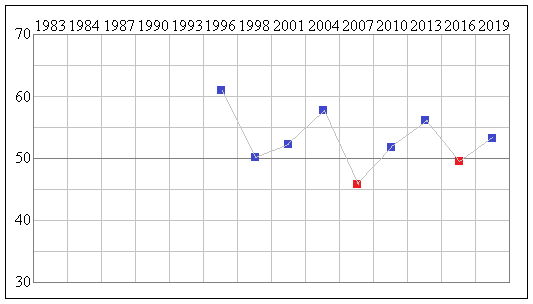
Status: Very marginal Liberal
Best Liberal booths, two-party vote: Bribie Island PPVC (62.9), Mount Mee (62.7),
Banksia Beach (61.4), Waruman (60.9), Donnybrook (60.5),
Best Labor booths, two-party vote: Caboolture East (61.8), Caboolture South (58.5),
Kallangur West (58.0), Morayfield (57.8), Morayfield East (57.2)
2019 results
Statistics and history
Candidates in ballot-paper order:
 |
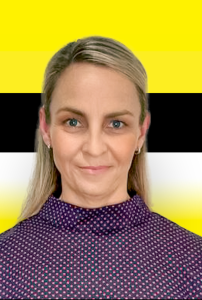 |
 |
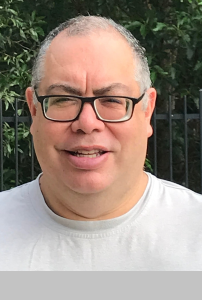 |
1. Rebecca Fanning
Australian Labor Party |
2. Stefanie Sutherland
United Australia Party |
3. Nigel Quinlan
Legalise Cannabis |
4. Earl Snijders
Australian Greens |
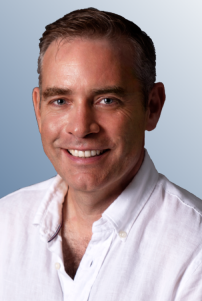 |
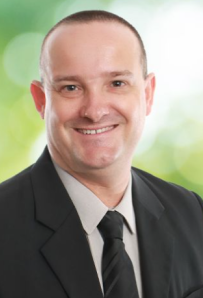 |
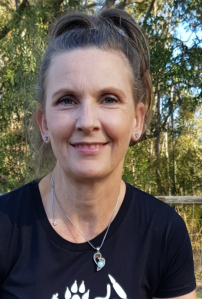 |
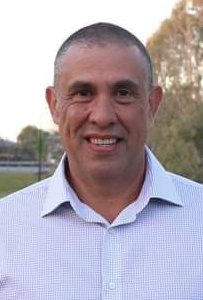 |
5. Ross Taylor
Liberal Democrats |
6. Jens Lipponer
Pauline Hanson's One Nation |
7. Paula Gilbard
Animal Justice Party |
8. Terry Young
Liberal Party |
Candidate websites:
Rebecca Fanning
Paula Gilbard
Jens Lipponer
Earl Snijders
Stefanie Sutherland
Ross Taylor
Terry Young
Division of Longman
Longman was created in 1996, and was originally a semi-rural seat arching around to the north and west of Brisbane.
Successive redistributions have cut it back to the suburbanising corridor between Brisbane and the Sunshine Coast,
centered on Caboolture. Longman has among the lowest median family income levels, the lowest proportion of people
in non English speaking households, and the lowest proportion of university graduates, in the country.
Although an outer suburban seat, it is not a mortgage belt sat, having a fairly low level of families with dependent
children and dwellings being purchased.
Longman was won in 1996 by
Malcolm Brough, who was a parliamentary secretary from 2001 and in Cabinet in the last year of
the Howard Government. In 2007 he was defeated in the Rudd sweep of the Queensland seats. His Labor successor
Jon Sullivan was in turn defeated by the Liberals'
Wyatt Roy in 2010. Roy, at 20, was the youngest person ever elected to the
Australian Parliament. He was easily re-elected in 2013 and was a junior minister in the Turnbull Government.
In 2016 Roy was unexpectedly defeated by Labor's
Susan Lamb, an organiser with the
trade union United Voice. Labor gained particularly large swings in the suburban corridor
suburbs of Caboolture, Morayfield and Burpengary, while the Bribie Island towns largely stayed Liberal.
In early 2018 it emerged that Lamb had not successfully
renounced a possible claim to British citizenship, arising from her father's birth in Britain. She resigned her seat and
successfully contested the subsequent by-election. But in 2019 the strong swing to the Coalition in Queensland delivered
Longman to the Liberal Party.
Terry Young, Liberal MP for Longman since 2019, was a store manager and small businessman with no previous political involvement
before his election. He is of South Sea Islander descent. This seat remains highly marginal and Labor could regain it if its
statewide fortunes recover.
The Labor candidate is Rebecca Fanning, a former staffer to
Wayne Swan and
Yvette D'Ath described as "a health and economics policy expert." The
Greens candidate is Earl Snijders, a restaurateur.
Demographics:
Median weekly household income: $1,256 (Australia $1,438)
People over 65: 17.0% (Australia 15.8%)
Indigenous: 3.7% (Australia 2.8%)
Australian born: 76.1% (Australia 66.7%)
Non-English-speaking households: 7.3% (Australia 22.2%)
Catholics 19.3% (Australia 22.6%)
No religion 31.3% (Australia 29.6%)
University graduates: 9.3% (Australia 22.0%)
Professional and managerial employment: 21.8% (Australia 22.9%)
Employed in agriculture: 3.1% (Australia 3.3%)
Paying a mortgage: 35.7% (Australia 34.5%)
Renting: 32.8% (Australia 30.9%)
Traditional families: 32.4% (Australia 32.8%)
Back to main page
|
|

